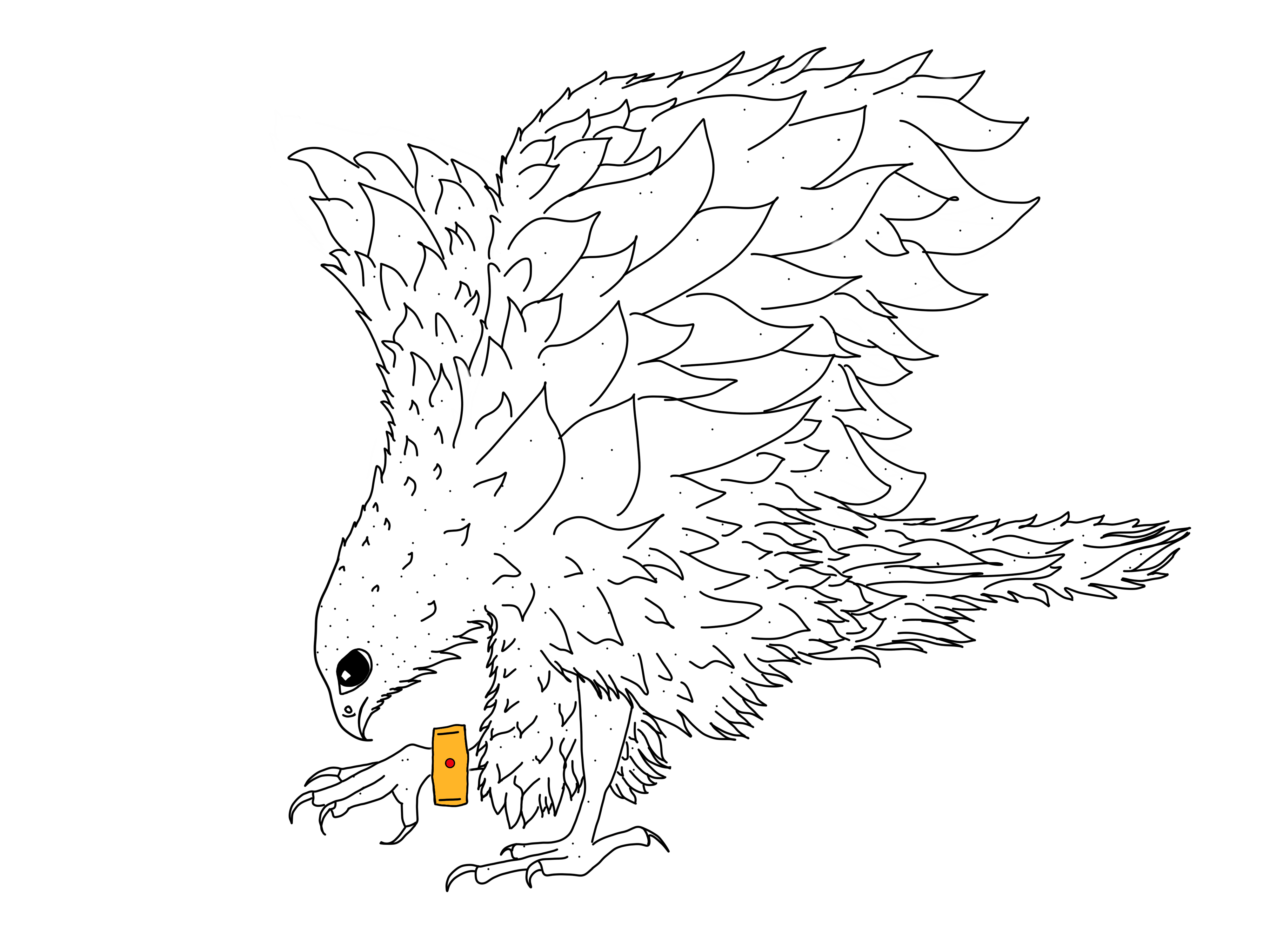The movement patterns of migratory birds, especially those that travel vast distances, are often hard to track. This makes these species difficult to locate in the wild and even harder to study. Biologging, which involves attaching tiny tracking instruments onto animals to observe their location and behaviour, has emerged at the forefront of wildlife research. The ability to study birds and mammals across oceans and in remote areas is essential to revealing how the ecosystem-level effects of climate change are impacting animal behaviour.
On Nov. 12, McGill’s Redpath Museum held a Cutting Edge Lecture given by Kyle Elliott, assistant professor in the Department of Natural Resource Sciences at McGill and Canada Research Chair in Arctic Ecology. The talk, hosted by Ingrid Birker, public program and education coordinator at the Redpath Museum, provided a glimpse into the rapidly expanding field of animal tracking.
Elliott first introduced the devices that are used to record information about an animal’s movement. Geolocators and GPS loggers are used to pinpoint the exact location of individual birds in their habitat. While some devices use light signals from the sun to determine the animal’s geographical coordinates, others communicate location through radio signals.
Location data gathered from these devices have helped scientists uncover previously unknown behaviours of many species. Researchers had previously assumed that Arctic falcons flew south to the tundra in winter; however, geolocator devices have shown that they are in fact seabirds, spending their winters on the northern sea ice.
Elliott emphasized that advances in commercial GPS technologies have had a large impact on the capabilities of ecologists to conduct field research.
“This consumer pressure [of microelectronics] is fundamentally changing how we can study wildlife,” Elliott said.
In fact, some devices used in biologging are accelerometers, which effectively track movement the same way most smartphones do. These devices measure acceleration on three different axes to create a three-dimensional representation of the organism’s movement, whether it is standing, running, or flying. Some advanced models can even provide data about heart rate, like a Fitbit, to measure how much energy an animal is exerting while hunting.
Despite the advances in research capabilities provided by biologging, there are drawbacks to equipping animals with these gadgets. Adding extra mass to an already small organism could compromise their ability to survive by increasing the energy required to fly or swim. To alleviate this risk, scientists are working to miniaturize these devices.
According to Elliott, monitoring seabirds is an innovative way of gaining insight into related species that we know less about, like the Arctic cod.
“We can track seabirds and use that [information] to track prey spatial distribution, which should be useful to create marine reserves and to understand marine pollution,” Elliott said.
When seabirds dive to feed on cod, tracking devices provide researchers with information about the location and clustering of the fish. This information can be used to locate hotspots and ensure these habitats are conserved.
“That’s an example of how we can use geolocators to figure out where [seabirds] go, what habitats they’re using, and where they may occur in the future,” Elliott said. “Now we are trying to see what behaviour can tell us about the ecosystem.”
In his current research, Elliott is studying the impact of climate warming on the health of Arctic ecosystems. The loss of Arctic sea ice combined with heat waves have forced seabirds to work harder for less nutritious food sources, impacting their fitness and that of their offspring.
Elliott concluded his talk by reiterating how biologging technologies are paving new opportunities for the study of wildlife in the field.
“We are living in this golden age of biologging,” Elliott said. “We can now track animals in almost real-time to find out where they’re moving, even with species we never thought would be possible.”









